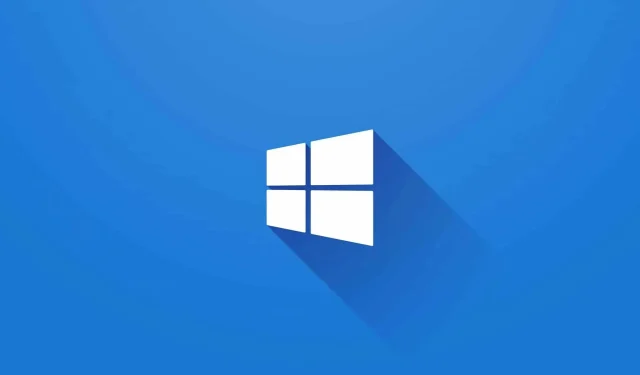Windows: how to get rid of viruses in one command line

Remove Windows malware in the command line, nothing is easier with this script.
Windows has always had malware issues, even though Samsung recently snatched the crown from Microsoft on this issue. Bloatware is a large family of applications, services, and other programs that you don’t need, never asked for, come bundled with Windows, and sometimes even come pre-installed.
Removing Windows malware from the command line
With the launch of Windows 11, the situation improved somewhat and Microsoft began to degrease its operating system from such leeches. However, there are a number of them, such as Skype, 3DBuilder, Asphalt 8, Microsoft News, Feedback Hub, and many others, which are installed by default (and which consume resources for nothing).
Removing this malware will benefit you for two reasons: you will save memory and make your machine faster. Whether you’re using a fairly outdated computer or you just love the idea of having a lighter OS, this guide will help you clean up your house with a single command.
The traditional way to remove malware is to first identify it and then remove it manually. It still works today if you can find the app in Settings > Apps > Apps & features. Once found, press the “Menu”button with three small dots and select “Delete”. Confirm and follow the process.
With this script, nothing is easier
But it doesn’t work with hidden apps, system apps, and background processes that Microsoft includes with its OS. This is where an automated script can save the day. Sycnex Developer’s Windows 10 Debloater Script works with Windows 10 and Windows 11 to remove all known malware, or just some of them, with a single click.
However, before proceeding, you should be fully aware that running scripts from GitHub or any other source, or any scripts that require elevated permissions, is not safe. This particular script requires administrator rights, which, if the script in question is compromised or poorly written, can have more or less dangerous consequences for your system.
At the time of this writing, there are no reports of any issues with this script, which is almost four years old. However, it is always important to be very careful before performing such an operation. Before you run them on your computer, review the scripts to see if they do what they’re supposed to do. If you have the slightest doubt, it is better not to run them.
To get started, go to the start menu and search for Windows PowerShell. Right-click the result and select “Run as administrator”.
In the PowerShell window, type the following command and press Enter. This will automatically download the files from GitHub and create a system restore point in case something goes wrong.
iwr -usebhttps://git.io/debloat|iex
Entering this command will launch a new program where you will see options to disable Cortana, One Drive, etc.
Click the Configure Blacklist button and select the malware you want to remove. Save the file and click “Remove malware using a custom blacklist”.
The script will run and remove the selected applications. After that, restart your computer and you should see the changes.
Leave a Reply